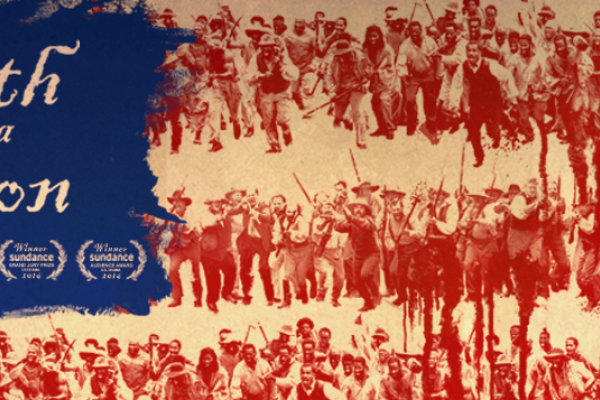Oct 6, 2016
An early scene in Nate Parker’s The Birth of a Nation depicts the wedding of two slaves. As the bride and groom dance joyfully with each other in the midst of a circle of their fellow slaves, the group around them sings: “You got a right, you got a right, you got a right to the tree of life.”
Several scenes later, Nina Simone’s Strange Fruit plays as the camera pans out slowly to show a massive live oak tree full of lynched black bodies. It’s a nauseating image, and the two scenes draw a heartbreaking connection: In this world, oppressed people claiming their right to the tree of life can be a death sentence.
Read the Full Article

Already a subscriber? Login
